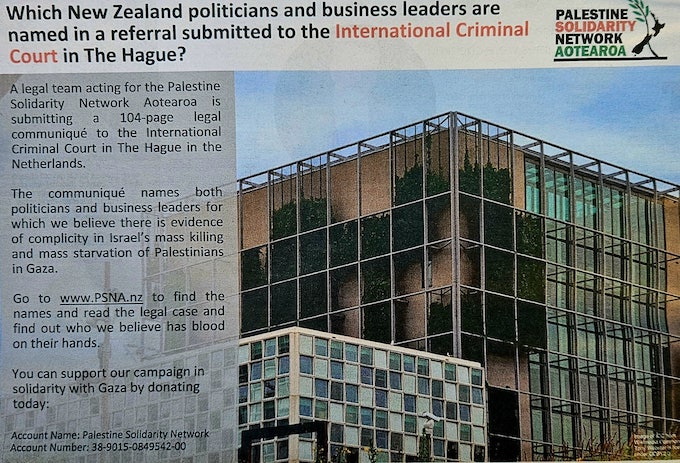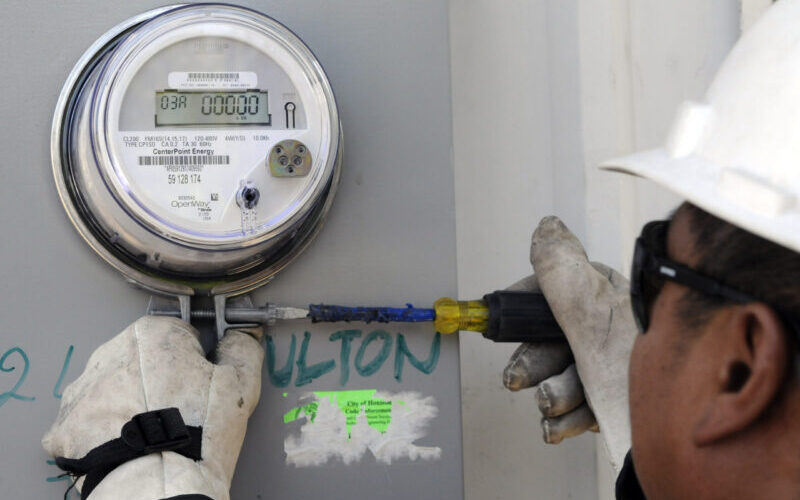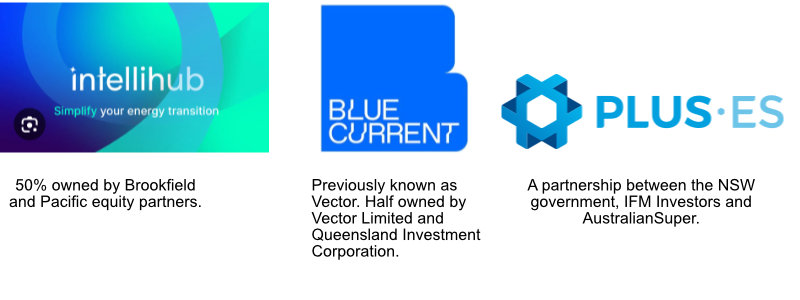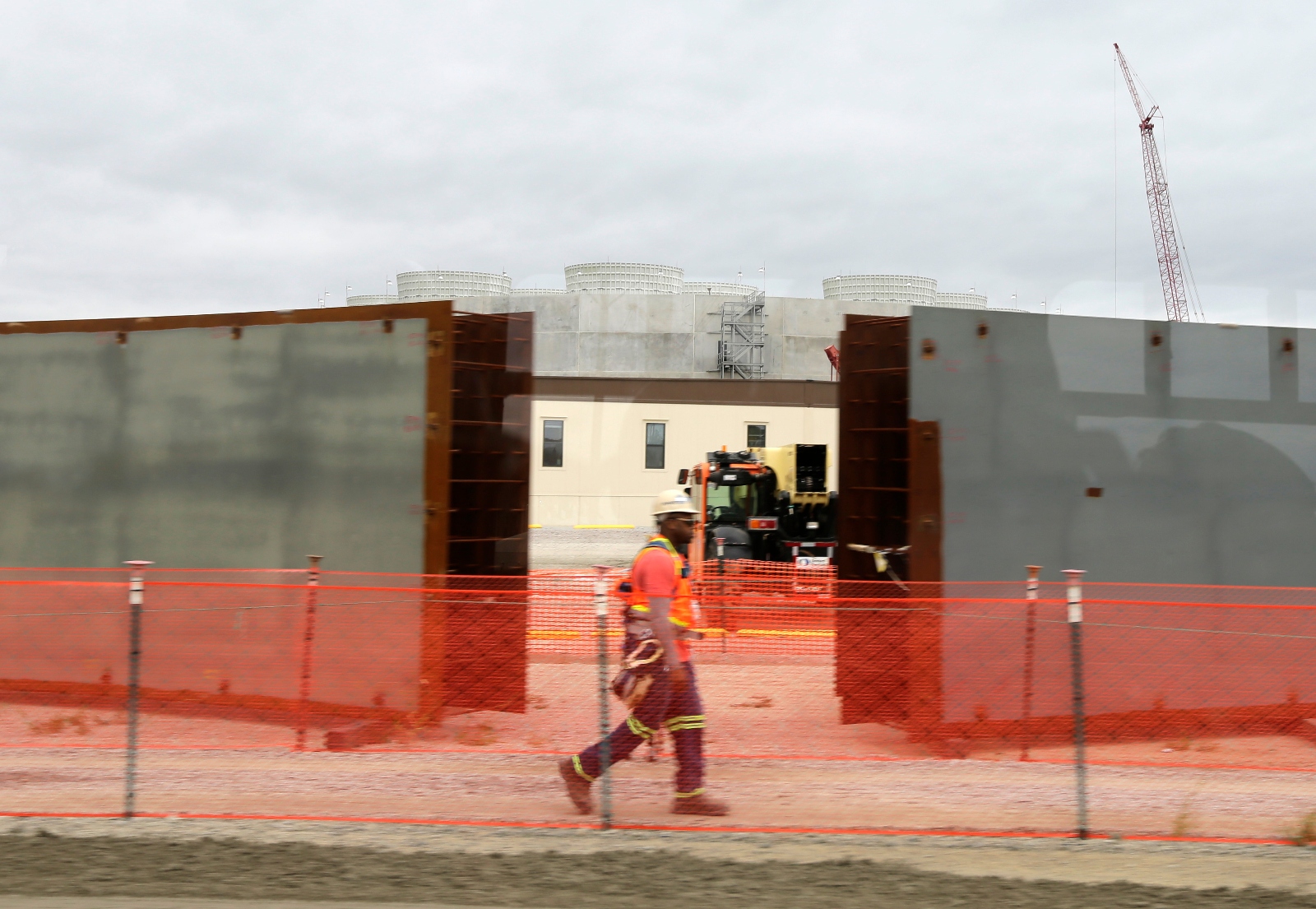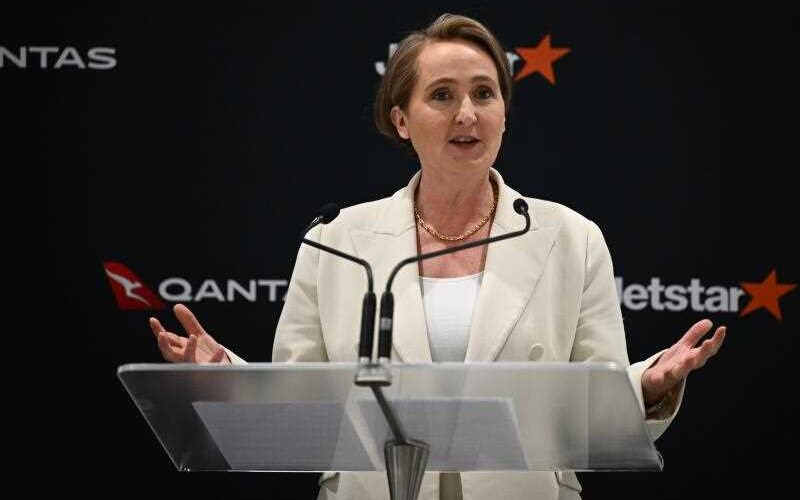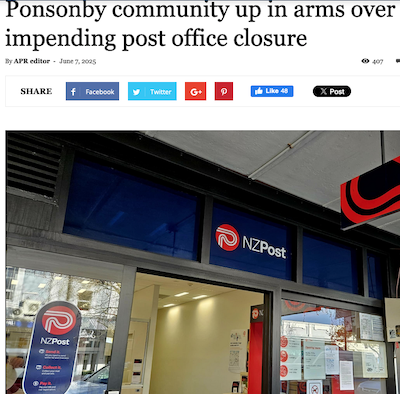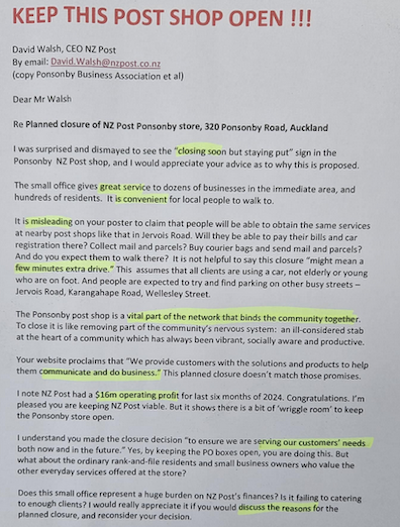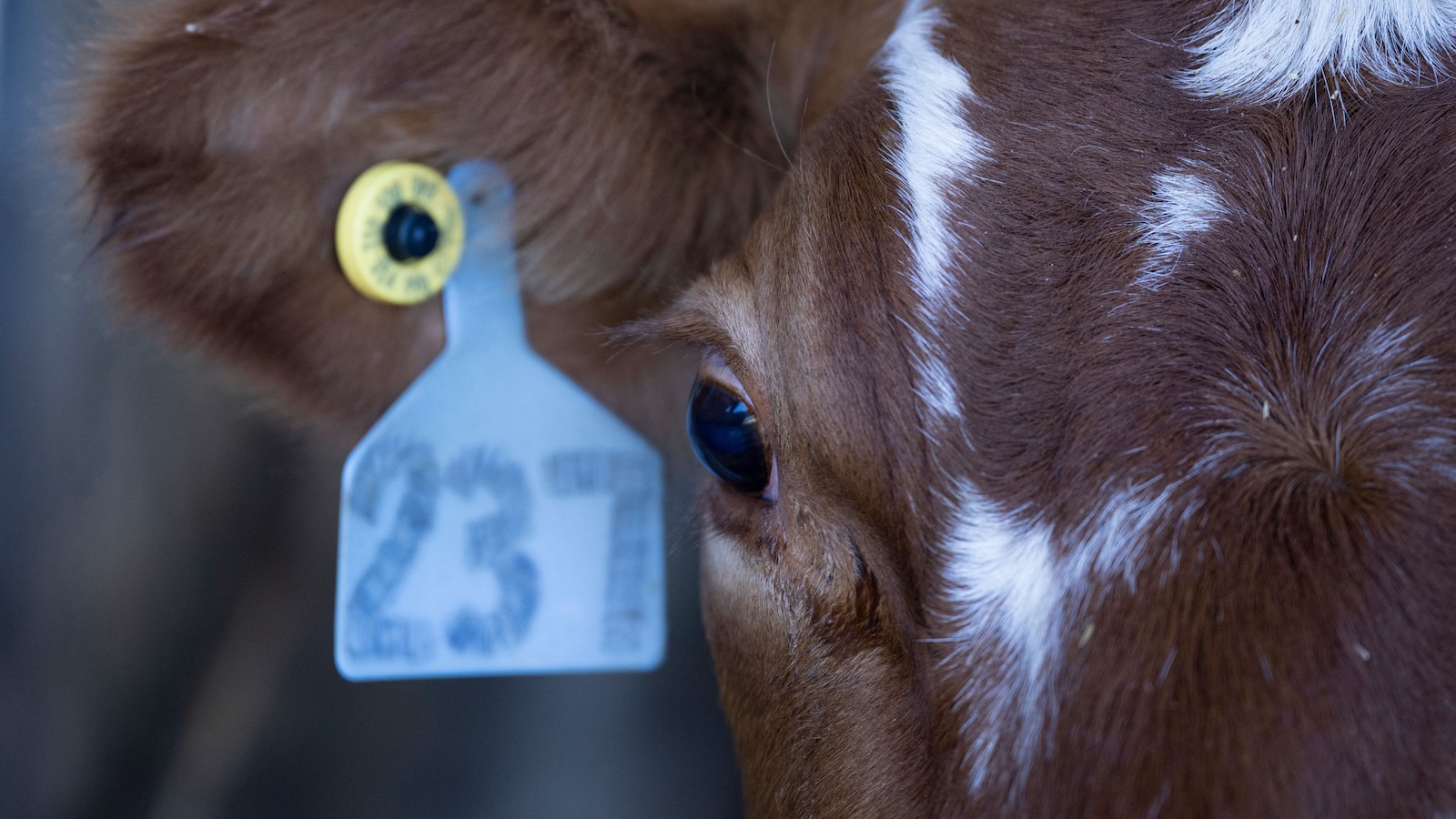How did you learn to write with humor, especially when writing heavy themes, and what do you think the key to writing humor is?
One of my core principles in this life is to look at the conditions of my marginal identity not as sources of deprivation but of life-giving. So when I think, this is something that I encounter and endure because I am Black, this is something I encounter and endure because I’m queer. Yes, those things are difficult, but they’re real. Part of telling real stories is to write about the things that hurt and also the things that delight us. Oftentimes, those things happen at the same time.
My father passed away recently and there were things that happened at that funeral that were absolutely… I mean, the entirety of the funeral is just an absolutely devastating thing to have to face. But within the funeral there are all these funny little interactions happening. It’s almost absurdist. So, for the second part of your question, the way that I write comedy best is to do it via interpersonal interactions. How can I pump up this banter so it’s funny? How can we use a character misspeaking or misunderstanding something to one, indicate something deeper about the way these two characters interact but also use it as a moment for the other character to retort with something smart or snappy?
In writing the truth of a situation, which is that something can be bad and hilarious at the same time, you’re going to get to the heart of comedy every time. And if you think about the way all of us are moving through the world, how absurdist is it? It’s a form of absurdist humor that all of us are expected to keep going to work and write pitch decks and tweet out about our little gay stories while empire is crumbling around us. That’s absurd. And within that absurdity, there’s a lot of space for us to highlight the humor.
Where do you think humor’s place is in this current political climate, especially in literature?
When I first started writing, I told another writer, Kristina Forest, that I was afraid I was writing something passé. My first book was about a girl who runs for prom queen to get a scholarship to college then falls in love with her competition for queen. And I was like, haven’t we seen something similar to this? Her advice to me was, “You don’t have any obligation to reinvent the wheel because no, we haven’t seen this before. We haven’t gotten this particular brand of comedy, this particular brand of romance from a writer with your particular point of view.”
So, I got to do something that had rarely been done before and within that, was able to highlight some things that I felt were missing in the genre at that time. For many years, the job of the queer writer, the job of the Black writer, was to write really clearly about race or queerness or homophobia or racism. Often, that work was expected to be devoid of humor because that’s how we were intended to be received most seriously. But Baldwin’s The Fire Next Time is a prime example–Baldwin was funny. Even when the work was serious and the issues were serious, the descriptions had lightness to them. There was some levity, there was some tongue-in-cheekness to the way he’s describing the environments and the conditions that he was coming up through.
I think all of us have an obligation in our work to tell the truth, but I don’t think that it is any longer the obligation of the Black writer to be the only people who speak seriously about the political moment. I think the Black writer, the queer writer should be able to write the funny thing and have that taken seriously. We should be able to write the absurdist thing and have that read with the same level of seriousness and scholarship that we would’ve approached it if it were completely devoid of humor, at least on the surface. The obligation for me is to keep doing exactly what I do, which is to write everyday situations with everyday queer Black girls and find ways to make those stories as resonant and as urgent but also as fun as possible. I am of the mind that we carried a lot of load for a lot of years and it’s time for people who are in less vulnerable positions to become more vulnerable in the work.
What did you set out to examine with Bree Boyd is a Legend, your most recent middle grade novel?
Bree is the first character that I’ve ever written who is not explicitly on-the-page queer. In this book, I start to navigate some complicated family dynamics, which is always part of my stories. But this one was close to my heart because I was dealing with the parentified older child, which hits home the idea of Black excellence and what we lose in pursuit of approval from white people or what we lose in pursuit of the white gaze.
I hadn’t really gotten to write that in the previous books, not as explicitly as I do in Bree. I mean, it’s obviously there in You Should See Me in a Crown. So much of Crown is about what it’s like to be a Black girl in a white space. But I wanted to talk about what it means to have inherited that. Liz intuited that because she has to live through it, move through it every day, but she wasn’t taught that necessarily. But Bree, from the moment she was conscious, was being inundated with this idea from her father that her worth is determined by her output. If you are not great, then you are not worthy of care. If you are not great, then you are not worthy of respect, et cetera.
I wanted to unpack that. I felt like it would be liberating for me, but I also for so many readers who were searching for the same things that I’m always searching for in a book, absolution.
What do you think you’re learning both about the stories you’re writing and maybe even about yourself as an author when you explore worth in each of your novels?
I’m learning that writing isn’t therapy. Therapy is therapy. And I would encourage writers to do the work of taking care of yourself off the page. Right now, one of my goals is to pursue stories that are fun and reinvigorate me as a writer, and not necessarily pursue stories because I’m trying to figure something out. I realized when I use the work as a vehicle to affirm and reaffirm myself, it’s very difficult to put that thing out in the world and hand it over to other people.
Because I spent so many years pouring bits of real Leah Johnson into these books, when the book came out and it underperformed, it felt deeply personal to me in a way that I don’t think it would if I had spent years divesting my likeness from my work.
But also, I’m learning more about what it takes to sustain yourself as a writer. At this point, I’ve been doing this for seven years. Since then, I have put out four solo novels, edited one anthology, and have another book coming by the end of this year. Because I was doing so much working, I didn’t leave myself a lot of room to think, how do I keep myself in this for a long time? How am I able to keep coming up with ideas and keep feeling excited and keep feeling motivated by this work? That wasn’t really the objective. The objective was to build a body of work and build it really quickly. But I’m not interested in building a body of work quickly anymore. I’ve done that. We now know I can do it now. I want to build a life and fold the books into my life and not the other way around.
Your bookstore, Loudmouth, has been open for almost two years now. How do you make the time to write now that you own a bookstore? And when you’re exhausted, tired, frustrated from book selling, how do you find excitement for your work?
Well, your guess is as good as mine queen. I’m still trying to figure this out. I had a particularly difficult end of 2023, beginning of 2024 because not only was I in the first couple of months of owning the bookstore but I had accepted a year-long appointment in an MFA program at a college nearby. And I also was on a deadline for I think two, three different projects over the course of that year.
It burned me out. It was very difficult for me to find the excitement in my work when I didn’t have anything left in the tank at the end of the day. I don’t think it’s natural for us to produce creative works so quickly, and I don’t think it’s natural to create work like that without being able to take the time to refill the well.
One of the keys was being a judge for the National Book Awards. I read so much over the course of 2024 that I was thinking about stories constantly. I was thinking about what’s working and what’s not, about who the readers are and who the gatekeepers are and what my objectives are in the work, what I think other people’s objectives should be. It was the single most useful tool in helping me re-evaluate what I’m trying to accomplish in my own work.
What made you open Loudmouth?
At the time that I opened Loudmouth, there was not a new general interest bookstore in Indianapolis. Within that year of deciding I was going to open the store and actually opening it, about eight bookstores opened in the city. So one, I identified a need: we were seeing record numbers of books being banned and challenged across the country. And more than half of those challenged books were challenged on the basis of race and queerness or gender and sexuality.
Because those topics are right in the wheelhouse of what me and so many of my friends are trying to do, it felt urgent in a way it hadn’t felt urgent for me before. I know that having queer people who are out and happy and successful is a major tool for showing kids that queer futures are possible. I wanted Loudmouth to exist because I wanted those writers to always have a place to go.
For a long time I was told, “Leah, if you weren’t from Indianapolis, we wouldn’t send you there because you don’t have an audience there.” We get DMs every week from people who are like, “Hey, can we see if we can get on this tour?” The enthusiasm is there. The job of the writer, I think, is to be possibility making. And people didn’t know to ask until they knew that it was possible. So now we’re here, we’re doing it, and people are asking the questions.
In the past few years, you have been working and writing collaboratively. You edited Black Girl Power. You have an upcoming YA novel with George M. Johnson. You’re running a bookstore. What is it like shifting from a more solitary effort–writing your own novels–to writing in community?
Writing is deeply solitary work. I think you should try whenever possible to write in community, whether that’s to work on collaborative projects or to just be in a space with other writers–doing FaceTime writing sessions with your friends, sitting in on writing workshops even once you feel like you are the one who has the potential to teach the writing workshop. All those opportunities are collaborative writing, and I think it’s really important to engage with them because the work is not done in a vacuum.
When I left grad school, I had spent two years being surrounded by other writers, and everything in my life was oriented towards writing. The further away from that you get, the harder it becomes to recapture that particular form of magic. It’s really useful for me to write collaboratively because even if the writers that I’m working with come from different backgrounds than me or have different specialties than me, it’s like being back in a classroom.
Everybody’s bringing a particular perspective. And you have to be reminded that your view of the world, your view of writing is not the only view. It makes me stronger and it makes the writers that I’m writing with stronger.
Now that you have more than a few novels under your belt, what do you think you’re exploring at this point of your career that’s different from where you began? What are you newly curious about?
After spending a few years in middle grade, I’m returning to YA full force and I’m back in the rom-com game. I think something that happens for me, and for a lot of writers who have debuted novels that have a certain measure of success, you either spend your whole career running from it or you spend your career taking ownership of that book.
I had received so many reviews from You Should See Me in a Crown that were like, “We love this about your main character, and we love that.” And I was like, “Yeah, but what if I didn’t do it that way?” One of the things too that I was really railing against, especially with Crown, was that I had this character who was by all metrics good with a capital G. She was a great daughter. She was a very present older sister. She had a job that she was really great at. She was a leader in the band. She was really supportive of her friends. And she had her life together, barring the few missteps she has to take in order for us to have a plot.
So in my second book, I was like, “What if I wrote a character who was just messy and chaotic and made all the worst decisions where Liz made all the best decisions?” I was trying to run this experiment: will you still love a Black girl if she’s flawed? The answer to that experiment is not quite as important as the larger picture, which is that I didn’t want to pivot away from rom-coms because I didn’t love the rom-coms. I wanted to pivot because I wanted to prove to myself that I wasn’t a one trick pony and I wasn’t a one hit wonder. But what I’ve learned over the past couple of years is that there’s nothing wrong with being really good at a thing and going all in on that thing. I love rom-coms. I think it’s a beautiful form. And frankly, I think there’s a lot of science and technique required to be great at it.
That’s something to lean into. That’s something to take ownership of. In this next phase of my career, I am returning to the form because I’m good at it and because I love it and because there’s nothing wrong with making art that other people like, and there’s nothing wrong with making a thing that a bunch of other people really want you to make. You don’t have to push against that expectation. It’s like Kristina Forest said, you don’t have to reinvent the wheel. Everything we do is still being done for the first time. And so I’m excited to see how many different ways I can write something for the first time.
Leah Johnson recommends:
Holiday World
Feeling your feelings
Independent bookstores
The Mighty Ducks live action movies
Under the Neon Lights by Arriel Vinson
This post was originally published on The Creative Independent.






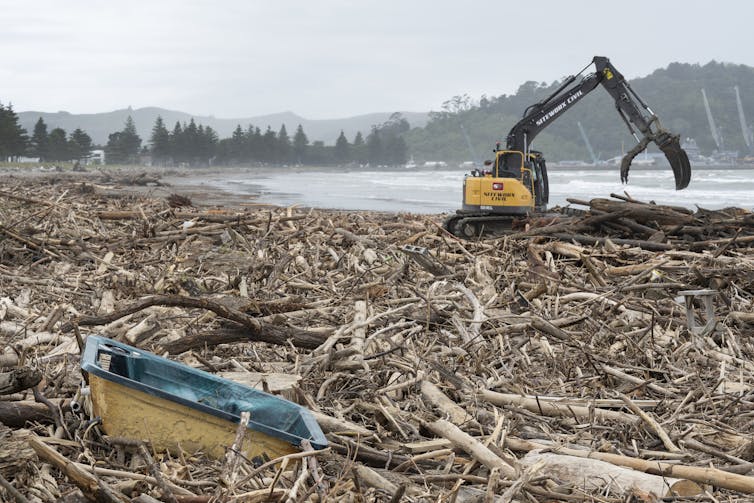


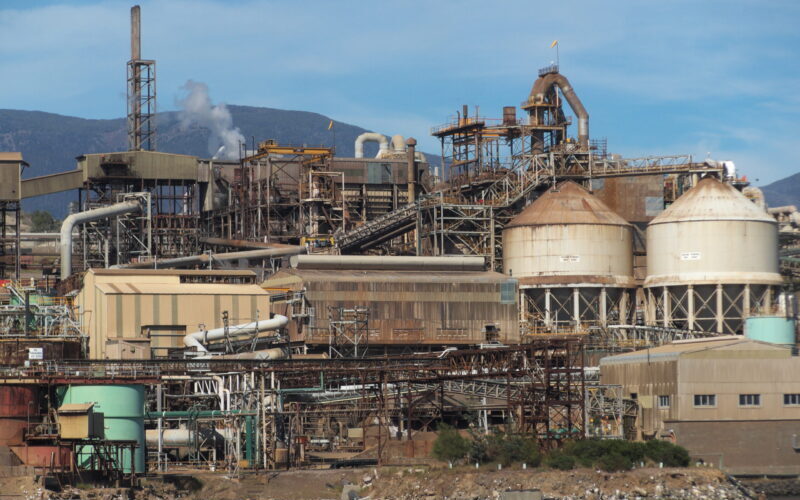
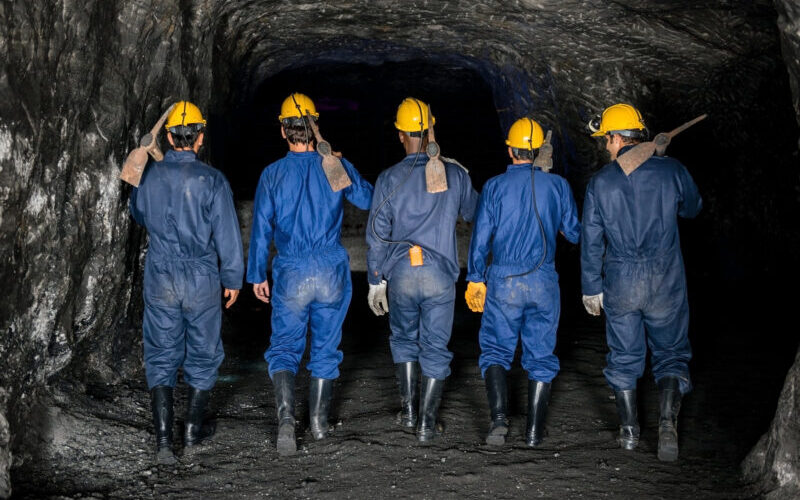

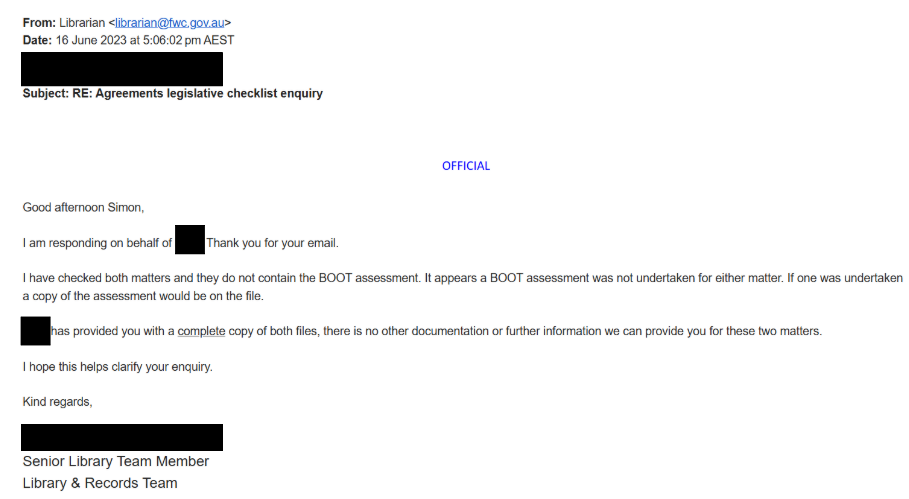
![[AL Jazeera]](https://www.aljazeera.com/wp-content/uploads/2025/07/INTERACTIVE-UN-ISRAEL-COMPANIES-1-1751388779.png?w=770&resize=770%2C962&quality=80)
